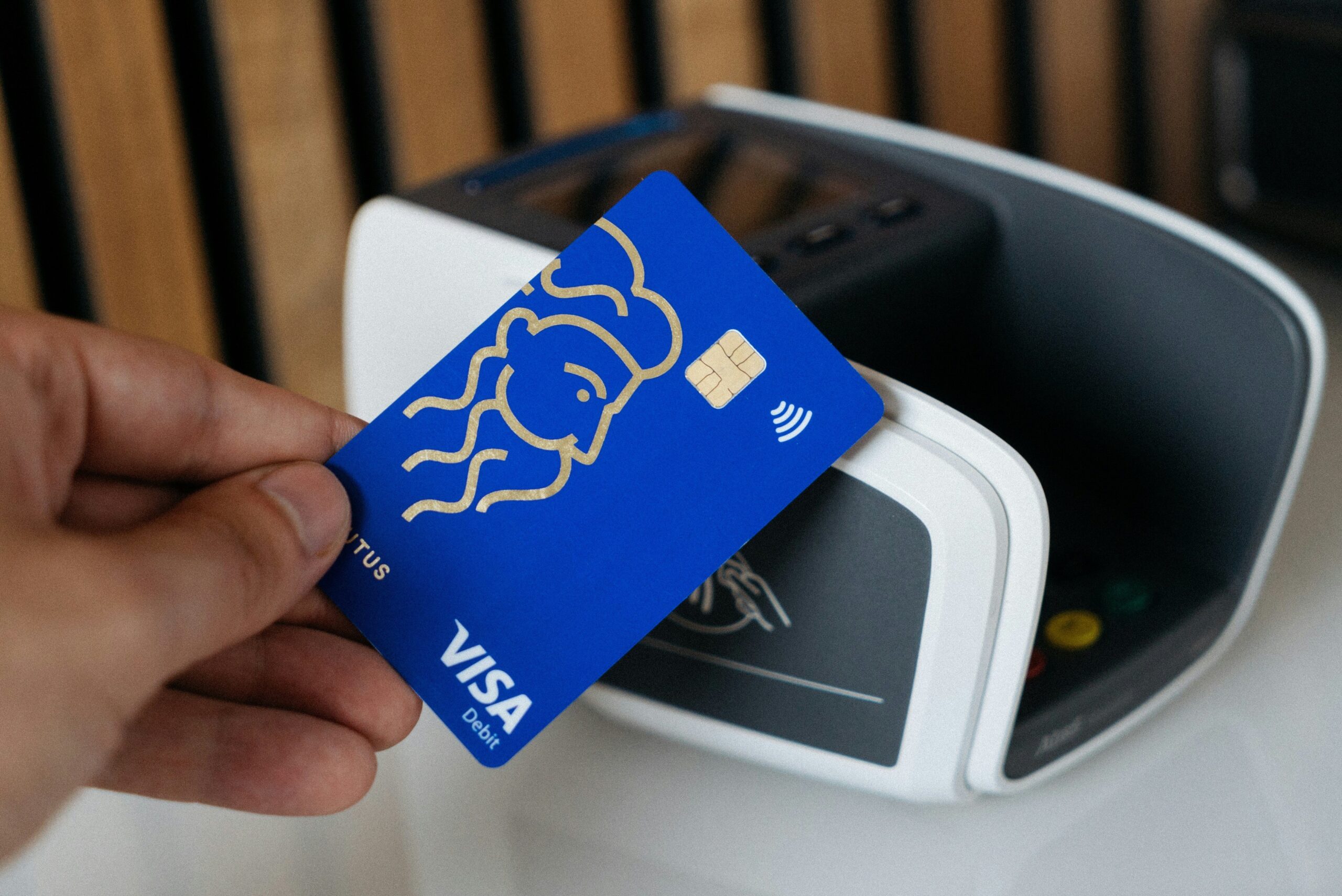Ever signed your name on a joint credit card application, only to wonder later if you just co-signed your financial doom? You’re not alone. Whether it’s helping a loved one build credit or sharing expenses with a partner, co-signing comes with risks that can leave even the most financially savvy scratching their heads.
In this post, we’ll break down everything you need to know about Co-Signer Liability Scenarios—from understanding shared responsibility to avoiding financial pitfalls. Along the way, we’ll share real-world examples, actionable tips, and yes, an oddly satisfying meme reference for good measure. Let’s dive in!
Table of Contents
- Key Takeaways
- Why Co-Signer Liability Matters
- Navigating Key Co-Signer Liability Scenarios
- Best Practices for Managing Joint Credit Cards
- Real-World Insights & Case Studies
- Frequently Asked Questions
Key Takeaways
- A co-signer is equally responsible for joint credit card debt, regardless of who spends the money.
- Poor management of a joint account can damage both parties’ credit scores.
- Setting clear expectations and boundaries before applying is crucial.
- Monitoring spending regularly prevents misunderstandings.
- Legal agreements (like household budgets) can mitigate liability risks.
Why Does Co-Signer Liability Matter?
Let me tell you a story—a painful one. Several years ago, I co-signed a credit card for a family member who was fresh out of college. Spoiler alert: It didn’t end well. They maxed out the card, missed multiple payments, and guess what? The collection calls started coming *my* way. Talk about “rip engagement” with my finances!
Joint credit cards are marketed as convenient tools for building trust and managing shared expenses. But here’s the kicker: If your co-signer defaults, you’re stuck holding the bag. That’s why understanding Co-Signer Liability Scenarios isn’t just smart—it’s essential.

Navigating Key Co-Signer Liability Scenarios
Scenario 1: Over-Leveraged Spending by the Primary User
When someone racks up charges beyond their means, it puts pressure on the co-signer. My advice? Set a limit upfront. For instance:
- “Only use this card for groceries.”
- “Cap monthly spending at $500.”
Scenario 2: Missed Payments Affect Your Credit Score
One late payment from your co-signer could tank your credit score faster than downloading Windows updates during peak hours. Keep tabs on due dates and automate payments when possible.
Scenario 3: Divorce or Breakup Fallout
This scenario stings more than biting into a lemon slice thinking it’s candy. Couples often overlook joint accounts during splits, which leads to messy situations where accountability becomes blurry. Always close shared accounts ASAP in such cases.

Best Practices for Managing Joint Credit Cards
Here’s the brutal truth: Co-signing requires discipline—like eating kale over pizza every day. Here’s how to do it right:
- Choose Wisely: Only co-sign for someone whose financial habits align with yours.
- Create a Paper Trail: Draft a simple agreement detailing responsibilities (e.g., who pays what).
- Monitor Regularly: Check statements weekly—yes, even if it feels like stalking.
- Kill Bad Habits Early: Address overspending or missed deadlines immediately.
Pro Tip (or Should I Say ‘Anti-Tip’):
Do NOT add anyone as a co-signer unless they absolutely need it. Trust me; lending without strings attached often ends with regret—and a lot of uncomfortable phone calls.

Real-World Insights & Case Studies
Take Sarah and Mike, a couple who opened a joint credit card for vacation planning. Sounds straightforward, right? Wrong. After splitting up, Mike continued using the card while Sarah unknowingly carried the burden of his purchases. Their solution? An awkward but necessary legal settlement that closed the account and split remaining debts.
On the flip side, Emily—a single mom who co-signed for her daughter’s student credit card—turned things around beautifully. By setting strict rules and reviewing monthly statements together, they turned a liability into a bonding experience. Now her daughter boasts a stellar credit score. Chef’s kiss!
Frequently Asked Questions
Q: Can I remove myself as a co-signer once I’ve signed up?
A: Typically, no. Once you’re on the hook, you’re on the hook until the account is paid off or closed. Some issuers may allow removal under specific conditions, so check with them directly.
Q: What happens if my co-signer files bankruptcy?
A: Brace yourself because creditors will come knocking on your door. You become fully liable for the entire balance. It’s ugly—like getting a paper cut, except worse.
Q: Are there ways to protect my assets if something goes wrong?
A: Not really. However, creating prenuptial-style agreements or having access to emergency funds can soften the blow.
Conclusion
Navigating Co-Signer Liability Scenarios might seem daunting, but armed with knowledge and proactive strategies, you can minimize risks. Remember, being a co-signer is less about writing a blank check and more about setting boundaries and fostering open communication.
Recap time: We covered why co-signer liability matters, explored key scenarios, provided best practices, and shared relatable stories. Now go forth and make informed decisions—or at least avoid those soul-crushing phone calls.
“Like PokéStops in Pokémon Go,
Good credit is rare, but worth the grind.”


